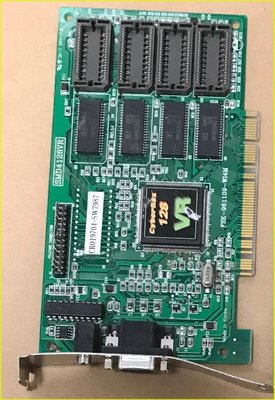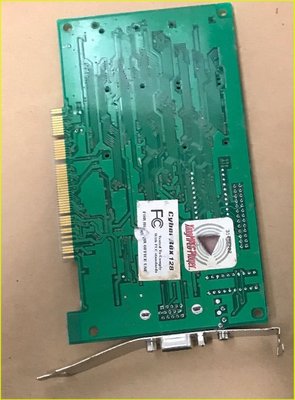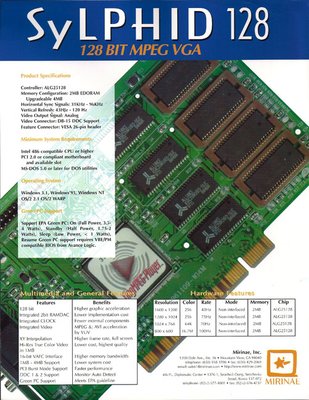First post, by Ozzuneoj
- Rank
- l33t
I just saw this today online and like any normal person I've spent a bunch of time trying to identify it for no particular reason.
What is this thing?
It is made in Korea, and doesn't appear to be made by any of the most common manufacturers, so it is probably a cheapo card, but I can't seem to figure it out. At first I thought S3 Virge, because the layout looks similar, but I've never seen a Pre-Savage S3 card without a large (and very obvious) BIOS chip which this card seems to be lacking... in fact there's blank space for one right where the white label is. Also, the name doesn't really make sense for a Virge either. And the small 1/8" jack on the back I've seen used on some S3 cards for MPEG audio output or something (I have one like this)... but I also have an old Canopus Total3D Verite card that uses that same connection for 3D glasses, which seems to make more sense for a card with "VR" in the title.
The sticker on the back of the card advertising Xing Mpeg software seems to make it lean toward being an MPEG audio output, but the card is still a mystery to me.
Any input?
EDIT: Also, it uses SEC memory, which isn't surprising because it is made in Korea, but part of me also thinks that Samsung memory is not normally found on the cheapest no-name cards out there.
Now for some blitting from the back buffer.



